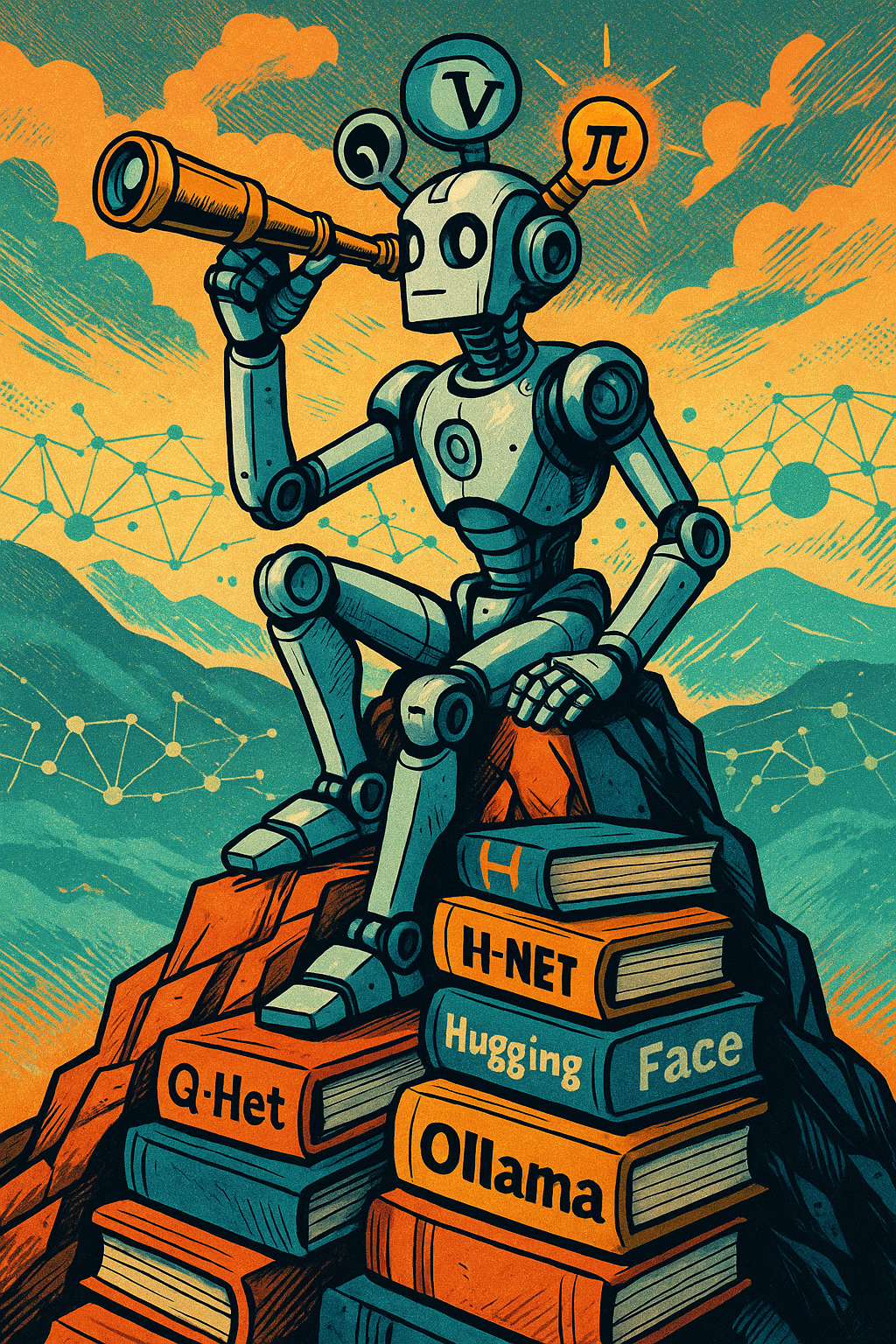
Stephanie's Secret: The Dawn of Reflective AI
🌅 Introduction: The Dawn of Self-Reflective AI
What if your AI could not only answer questions but also question itself about those answers? Not with programmed doubt, but with genuine self-awareness recognizing when it’s uncertain, analyzing why it made a mistake, and systematically improving its own reasoning process? This isn’t science fiction. Today, we’re unveiling the first working implementation of an AI that doesn’t just think, but learns how to think better. It’s a bit cold here

